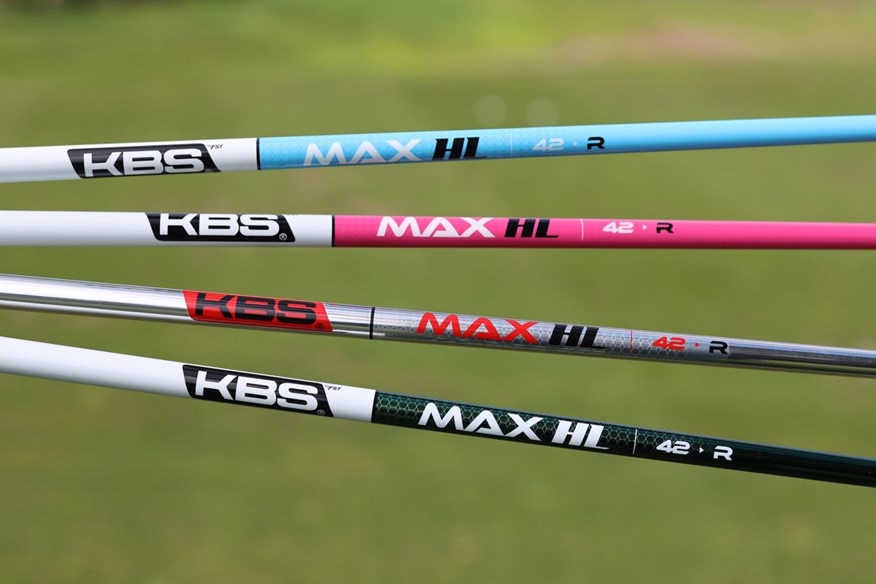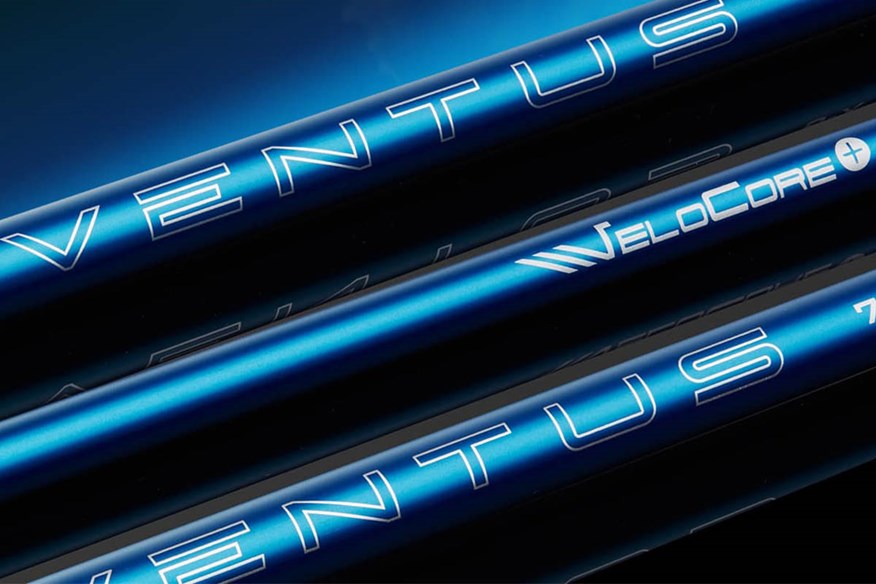How to choose the best driver shaft for your golf game
Last updated:
Here’s everything you need to know when choosing the best driver shaft, including flex, length, weight, torque, kick point, and price.
The shaft is widely regarded as the engine of the golf club, which gives you an idea of just how important it is to choose the best driver shaft for your swing.
Choosing the best driver is of course important, but the right shaft matters just as much – if not more. That’s why most tour pros will stick to the same shaft for many years, even when switching driver head to the latest releases, and why a good custom fitting can make a huge difference to your drives.
The right driver shaft will offer you maximum distance and consistency, while also feeling good and giving you confidence. The wrong shaft can contribute to hooks and slices, rob you of distance, and feel hard work to swing.
I’ve had several driver fittings and tested countless shafts over my years of playing golf, including recently getting dialed in for what I hope will be my driver shaft for many years to come. I’ll take you through the key factors to consider when choosing a driver shaft to suit your swing.

1. What driver flex shaft do I need?
Let’s start with shaft flex, because it’s the thing people tend to focus on the most and it is important.
In simple terms, the faster your swing speed, the stiffer the shaft you’ll need in your driver.
As a general guide:
| Swing speed | Best shaft flex |
| Under 75mph | Ladies / Senior |
| 75-95mph | Regular |
| 95-105mph | Stiff |
| 105mph+ | Extra stiff |
Don’t take these numbers as gospel, though. For a start, there’s no standardization between brands, so a regular shaft from one manufacturer might be more akin to a stiff from another. And the way you swing plays a part, beyond just the clubhead speed. A more aggressive swing may benefit from a stiffer shaft than a smoother swing, even if the total speed generated is similar.
If your shaft flex is too soft, it can cause shots that fly too high, create too much spin, and encourage misses to the left (for right-handed golfers). If your shaft flex is too stiff, you’re more likely to suffer shots that fly too low, have too little spin, and miss to the right.

2. What weight shaft do I need in my driver?
Weight and flex tend to go hand-in-hand, with stiffer shafts coming in heavier, and softer shafts more lightweight.
The symptoms of having a shaft that’s too light or too heavy are similar to those of having the wrong flex (discussed above).

3. What length driver shaft do I need?
Driver shaft length is an interesting one. All else being equal, a longer shaft generates more clubhead speed than a shorter one – that’s why your clubhead speed with your 4-iron is faster than with your wedge. So, in theory, your distance potential is higher with a longer shaft. But more clubhead speed is only worth having if you’re still able to make solid contact and maximize ball speed. It’s harder to control a longer club than a shorter one, which is one of the main reasons so many golfers struggle with driver.
If you can’t hit driver consistently well with a longer shaft, you may well get better performance from a shorter one.
We spoke to some of the world’s leading club fitters and they suggested that many golfers would gain distance and accuracy from a slightly shorter driver shaft. “I’d say 90% of the drivers sold in the shops today are too long for most players,” said one.
Bear in mind that many of the world’s best golfers use driver shafts that are shorter than the standard length of stock shafts at retail. If elite golfers are opting for the ease of a shorter shaft, it might be worth considering.
Your physique – in terms of height and arm length – also plays a factor in determining the right shaft length.

4. Driver shaft kick point
The next two elements of driver shaft composition are where many golfers get lost, so I’ll try to explain them as simply as possible.
The kick point is the place along the shaft where it bends the most. A higher kick point will tend to create a lower ball flight, whereas a lower kick point will help raise the ball flight.
So, if you struggle with a launch that’s too high or too low, a driver shaft with an appropriate kick point can help give you a more optimal trajectory. The optimal launch angle will depend on your speed and spin rate, and it’s something an expert fitter will be able to help you with.

5. Driver shaft torque
Torque refers to how much the driver shaft wants to twist or rotate during the swing, so a high torque measurement means it will rotate more, while low torque shafts will resist twisting.
Generally, high-speed players and those who naturally draw the ball will benefit from lower torque to stop them “over-releasing” the club and hitting the ball left, while slower swingers and those who battle a slice will do better with higher torque that rotates more and helps them square the club at impact.
Higher torque shafts may feel more “whippy” than shafts with less torque.
As with all of these factors, though, it’s important to remember that no two swings are the same so there are no hard-and-fast rules.

6. Budget
Driver shafts can cost anywhere from $50 to over $1,000. Whilst you get what you pay for to some extent, there won’t necessarily be a direct correlation between the price and the number of fairways you hit or the yardage you’ll gain. It’s all about finding the shaft that’s the best match for your swing. The most expensive driver shafts are only needed by a very small minority of high-speed golfers.
Obviously you should never spend more than you’re comfortable with, but if you’re thinking of value for money, remember there’s no reason you can’t keep a driver shaft you love for many years, even if you change driver head during that time. If you change driver head from one manufacturer to another, you will have to change the shaft adaptor, but this isn’t a particularly difficult or expensive job.

7. Stock v aftermarket shafts
Any new driver you buy will come with a shaft included. This will typically be one of what is known as the “stock” shafts – simply the choices offered as standard.
“Aftermarket” shafts, on the other hand, refers to anything outside this stock selection. These options tend to come with a surcharge.
Want to know more about driver shafts? We visited one of the world’s leading shaft manufacturers, Fujikura, to find out how they create golf shafts for the best players in the world.
SUBSCRIBE TO TODAY’S GOLFER: Print and Digital access, discounts and rewards!

